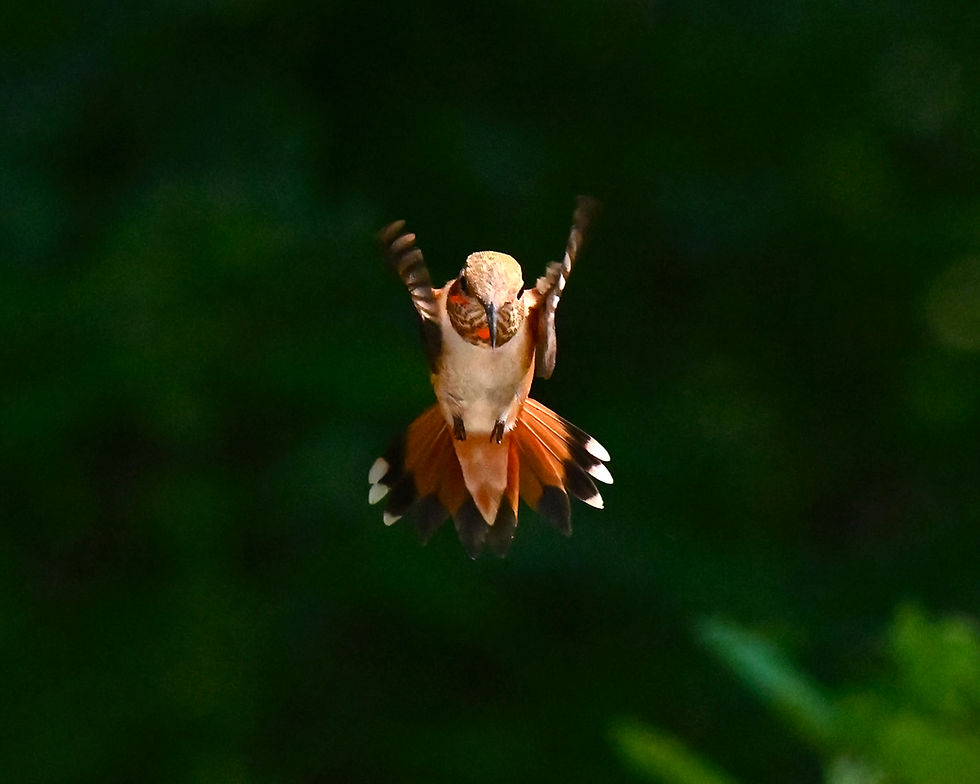Aoudad Sheep in Palo Duro Canyon
- Vicki Wilmarth

- Dec 3, 2019
- 2 min read
Updated: Dec 15, 2019
A herd of fascinating non-native North African barbary sheep roam the canyon, but they are seldom seen in the state park.

The sheep (who, per their DNA, are really more closely related to wild goats) are well-adapted to arid, rugged landscapes like Palo Duro Canyon. The story is that they were introduced to Texas in the 1940's by ex-GI's who had served in North Africa in WWII and realized the aoudad's potential as a game animal in our state. Like most introductions of non-native species, the aoudad sheep did not calmly cooperate and follow the plan. They escaped, and are now more populous in Texas than in their native areas of Africa.
The introduction of the Palo Duro Canyon herd was deliberate. They were first placed in our part of Texas in 1957, when 31 were released southwest of Claude in Armstrong County (the eastern part of the canyon area). Thirteen more were released near Quitaque (the southern end of the canyon area of West Texas, where Caprock Canyons State Park is located). I don't know the exact count of sheep in Palo Duro Canyon now, but they are still very hard to spot and harder to photograph in the actual state park.
The secret to seeing and photographing these sheep is to understand that they have been fed deer corn by people in the area for years. The most famous of these sheep people was the late Fred Beatty. His story was told on Texas Country Reporter in 2014. https://youtu.be/L0x0o43lrDY. Other neighbors continue to feed them, just not as consistently as Fred did. So if you are looking for aoudad sheep, don't look in the state park. Make friends with the locals and then look for aoudads on the ranches and neighborhoods nearby.


































Comments